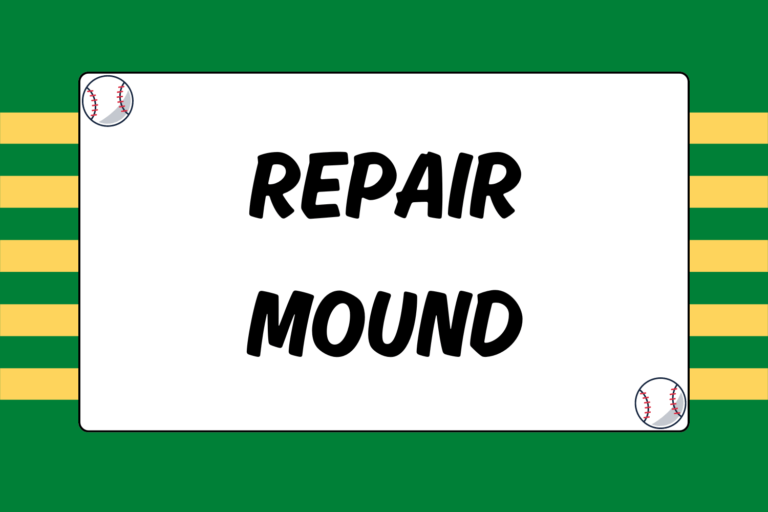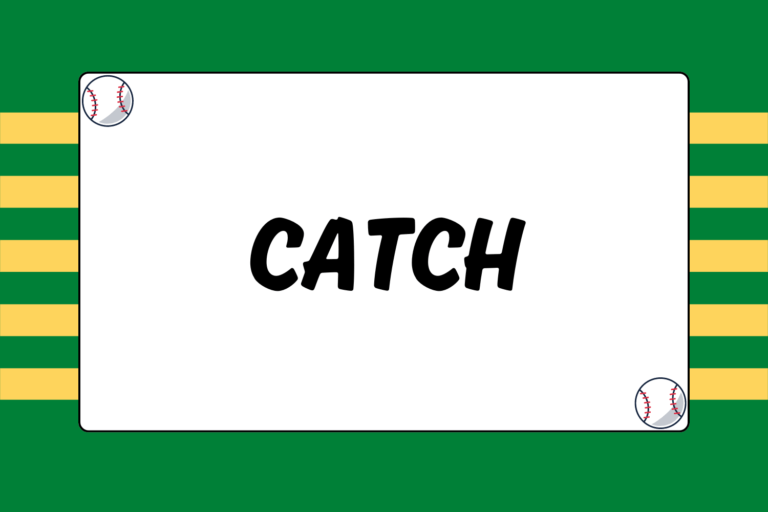If you’ve ever been to a crowded baseball game, you’ve probably witnessed the cascade of boos that fans often unleash upon pitchers who make pickoff throws to first base. Heck, maybe you’ve even been contributed to the heckling. While that impatience is certainly understandable, pickoffs are normally used for a specific, strategic reason.
There are several types of pickoff plays that pitchers utilize, and each one has a particular purpose. So whether you’re an interested fan or a pitcher hoping to add a few pickoffs to your repertoire, this guide explains the purpose behind, and technique for, the various first base pickoffs for right-handers.
Purpose of Pickoffs
Have you ever watched a pitcher throw over to first base three times in a row unsuccessfully, and wondered in frustration why he persists despite clearly having no chance to pick off the runner? Well, you’re not alone. But believe it or not, there are several reasons why a pitcher might make a pick-off throw, and only rarely is the intention to actually record an out. Here are four of the most common reasons for a pick-off throw:
Prevent a stolen base
Controlling the running game is vital, so pitchers often pickoff more frequently when there’s a good base stealer at first base. Throwing over (sometimes multiple times) can disrupt the runner’s timing or force him to reduce his lead slightly, which gives the defense a better chance to catch the runner stealing.
Learn information about the offense
Pitchers sometimes make pickoff throws in situations where they think the offense might have some type of play on (such as a steal, hit-and-run, or sacrifice bunt). The goal is get the batter and/or runner to give away the play. For example, a hitter might square around to bunt too early, or you might catch a runner leaning towards second base.
Pick off the runner
Occasionally, pickoffs are made with the intent to get an out. If a pitcher notices a runner has a big lead, he might try a quick pickoff throw to catch the runner off-guard.
Buy time for a reliever
This usually only happens at the higher levels of baseball, and even then it’s rare. If a coach wants to make a pitching change, but the reliever isn’t ready yet, he might instruct the current pitcher to make a few pickoff throws so his teammate has more time to warm up.
Pick-offs for Right-handers
Because they face different directions in the set position, righties and lefties use entirely different pick-off moves. When throwing to first base, all right-handers employ basically the same technique. However, there are a few different pickoff techniques that righties use depending on the situation.
Step Off
The official rules of baseball state that the pitcher has three options from the set position:
- Deliver a pitch.
- Step and throw to a base.
- Step off the rubber.
Most pick-off attempts are quick, step-and-throw moves. On occasion, however, a right-handed pitcher might simply step off the back of the rubber and turn to make a pickoff throw. Rarely will pitchers actually pick off a runner using this technique because it takes so long to execute. However, some hurlers utilize it if they don’t want to show the runner their best pickoff move.
Pivot/Step & Throw
This is the most common type of pickoff for righties because it’s the fastest legal way to get the ball to first base. Per the official rules, a pitcher doesn’t need to step off the rubber to make a pick-off throw, as long as he “steps ahead of the throw.” In other words, a pitcher may pivot his back foot from the set position and make a quick throw to first, as long as he steps towards the base before throwing.
Hot Tip: Find Your Target
When executing this move, the key is to turn your head and shoulders quickly so you can see your target before making the throw. This is the best way to cut down on throwing errors that sometimes happen when pitchers rush their pickoffs.
“Balk” Move
Many pitchers would describe their best (that is, their quickest and most deceiving to the runner) pick-off move as a “balk” move. The term comes from the fact that these pick-offs are often technically balks, according to the rules. The intent is to perform the pickoff quickly and smoothly enough that the umpires don’t call a balk. There are two common types of “balk” moves:
- Some righties like to stretch the limits of the “step ahead of the throw” rule. They speed up their pickoff throw by pivoting and snap-throwing to first base, while simultaneously stepping towards the base (instead of stepping first).
- The rules state that the pitcher must deliver the pitch to home plate “once his natural pitching motion commits him to the pitch.” Lifting the front foot from the set position satisfies this condition; once the right-handed pitcher lifts his front foot, he must pitch (and can no longer pickoff). As a result, many runners keep an eye on the front foot to know when it’s safe to extend their lead. A pitcher might deceive the runner by lifting the heel of his front foot as he pivots his back foot, and then make a quick throw. This is a balk, but if it’s executed rapidly, it often goes uncalled.
Practice Your Picks
You might be surprised to learn how much time pitchers at the highest levels of baseball spend practicing pickoffs. It’s not an easy skill; pitchers with good pickoff moves have spent hours refining their technique to optimize quickness. Although picking a runner off first base is rare, controlling the running game is a significant aspect of being an effective pitcher.
Get in the habit of practicing your pickoff moves after you play catch or throw in the bullpen. Adding a strong pickoff move to your arsenal will help your composure on the mound. Composure breeds confidence, and confidence leads to success!





